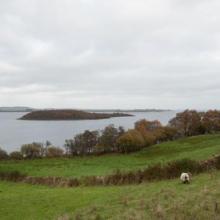
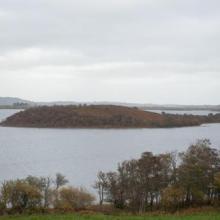




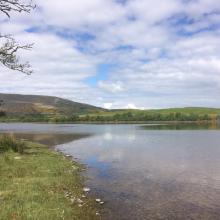
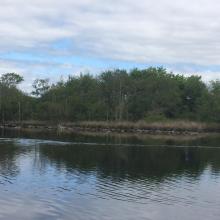
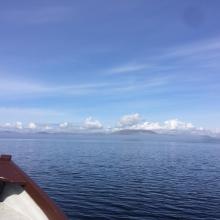
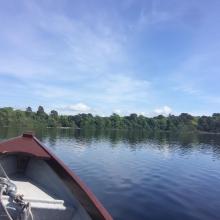

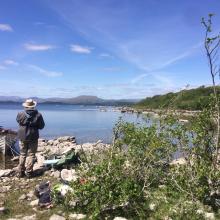
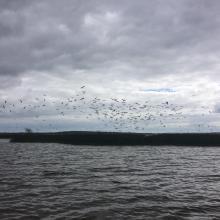

Lough Corrib
- Country:Ireland
- Site number:846
- Area:17,728 ha
- Designation date:07-06-1996
- Coordinates:53°26'N 09°14'W
Materials presented on this website, particularly maps and territorial information, are as-is and as-available based on available data and do not imply the expression of any opinion whatsoever on the part of the Secretariat of the Ramsar Convention concerning the legal status of any country, territory, city or area, or of its authorities, or concerning the delimitation of its frontiers or boundaries.
Overview
This Site is one the best examples in Ireland of a large lake catchment. Its habitats include open water along with riparian freshwater marsh, fen, wet meadow and reedswamp. The most extensive beds of stoneworts (Chara species) in Ireland are very important in maintaining the biodiversity, structure and function of the Site and in providing a food source for waterbirds. The Site provides critical nesting and foraging habitat for common scoter (Melanitta nigra) and for breeding terns and gulls which nest on the lake’s islands. Breeding waders which have undergone dramatic declines in their breeding numbers nationally are found, such as curlew (Numenius arquata), redshank (Tringa tetanus) and lapwing (Vanellus vanellus). The white-clawed crayfish (Austropotamobius pallipes) is present, a globally threatened species of which Ireland holds one of the largest surviving populations. The Owenriff River, which flows into Lough Corrib, supports freshwater pearl mussel (Margaritifera margaritifera). Atlantic salmon (Salmo salar) use the lake and associated rivers as spawning grounds, and the critically endangered European eel (Anguilla anguilla) is also found. Local and rare plants include Irish lady’s tresses (Spiranthes romanzoffiana), vetch (Vicia orobus) and slender naiad (Najas flexilis). Two invasive species, zebra mussel (Dreissena polymorpha) and African elodea (Lagarosiphon major) are causing significant ecological impacts. The Site is also threatened by human-induced changes in hydrological conditions and infilling of ditches, dykes, ponds, pools, marshes and pits, as well as peat extraction in adjacent habitats.
Administrative region:
West (NUTS 3)
- Regional (international) legal designations:
- EU Natura 2000
- Last publication date:07-03-2023
